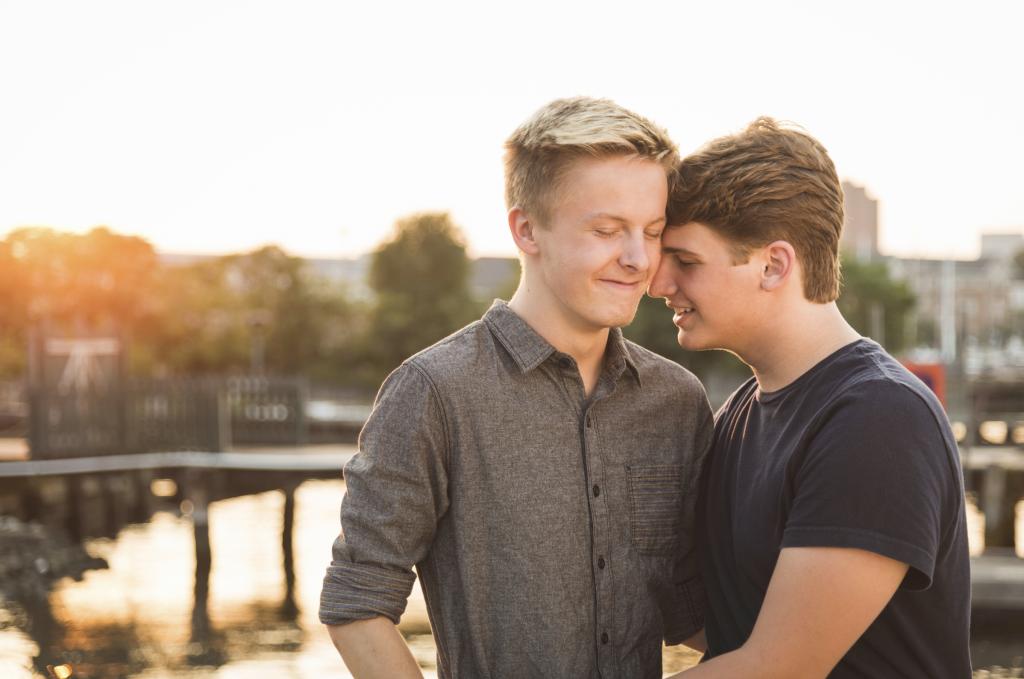We’re taking a look at how things have changed in terms of visible (read: famous) role models for our LGBT+ young people. Just who are the LGBT+ role models for millennials and Generation Z, and what’s their significance when it comes to supporting them to be themselves – and be proud of it?

The importance of seeing other people like you
Having role models is an important part of adolescent development. It’s important for our LGBT+ young people to see other people like them in society so that they feel represented, inspired and motivated to be their best selves.
Role models and allies in schools and other sections of society are important – as a charity, we work with young people, parents / carers, schools and local authorities to ensure kids feel safe and empowered to be their full selves.
We do this directly. Over the past 14 months, Our Positive Identities service has delivered over 300 sessions across 105 school staff teams. Our training supports school staff teams to effectively challenge homophobic, biphobic and transphobic bullying and to build an inclusive school environment for LGBT+ young people and families.

This sort of approach in schools is so important – particularly for tackling homophobic, biphobic and transphobic (HBT) bullying – but also in relation to LGBT+ young people feeling like they're not alone, and potentially have role models in their immediate environment.
But famous role models can also play a part in inspiring young people, particularly in terms of success and the attainability of that success. Think back to your own childhood. When you look up to your favourite pop star or sportsperson, it inevitably has an effect on how you see the world and your place in it.
How LGBT+ role models have changed
A combination of social barriers and the stigma attached to coming out has meant that in the past, young people were not used to seeing people like them represented in society and the media.
Thankfully, our LGBT+ young people today are growing up in a world where this is changing. It’s certainly heading in the right direction, to the point where our young people’s role models aren’t necessarily 'the first openly gay rugby player' or 'the first trans person on TV'.
Obviously the law’s changed and society's changed, but I think the important thing that's changed is the role models that are out there, because when I was growing up there was Larry Grayson and Danny La Rue.
Mike Pierce
From Stonewall’s Voices.*
Nothing wrong with Larry Grayson and Danny La Rue of course. But times have changed, and those who were born this side of the nineties have a wider choice of role models to look up to.
From actors Elliot Page and Russell Tovey, to Olympic diver Tom Daley and LGBT+ Rights Activist Aderonke Apata, visible role models for our LGBT+ youth to look up to are on the increase. And that can only be a good thing.
So let us not forget how far we still need to go to create a truly inclusive society for our LGBT+ young people to grow up in, but let’s also remember just how far we’ve come.
Find out more about our work with LGBT+ young people.
